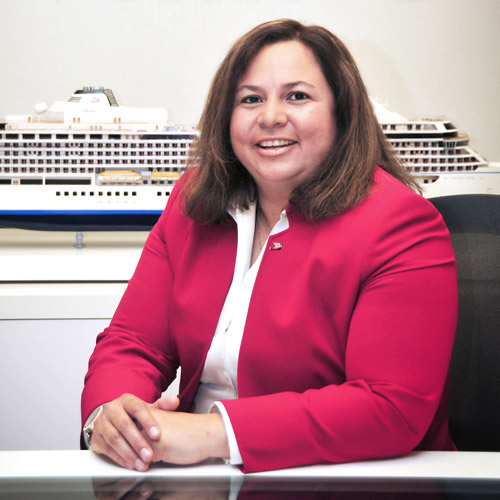Freddie Mac purchases home mortgages and apartment loans from lenders to ensure a steady supply of capital in the US mortgage marketplace. The company’s enterprise chief risk officer for investments and capital markets, Jorge Reis, stays on top of that.
It’s an understatement to suggest Reis has faced some daunting challenges. The senior vice president was with the firm from 1997 to 2008, moved to Itaú Unibanco Holding (São Paulo, Brazil) before returning to Freddie Mac in 2010. Reis holds a PhD from the University of Georgia.
How is Freddie Mac different today compared to ten years ago?
Reis: Today, we’re focused on innovating to create a new and better housing finance system to help borrowers, renters, taxpayers, and lenders of all sizes. Through the efforts that we’ve made and continue to make, we’re becoming more competitive, efficient, and profitable, positioning ourselves to respond to the needs of the housing finance industry today and into the future.
Importantly, Freddie Mac is changing its business model in order to reduce risks to taxpayers. We are a different company today. Since the crisis, we’ve implemented an effective credit risk transfer program, shifting credit risk to private investors in the capital markets and away from taxpayers.
Is implementing these changes just about finding new sources of capital?
It’s more about fundamental changes to our business model. Risk-sharing transactions help in creating the housing finance system of the future. They help us reduce taxpayer risk and attract private capital to the market. Specifically, these transactions reduce our exposure to credit risk by sharing it with private investors who will absorb some of the losses if a loan goes into foreclosure.
It required innovative approaches to the entire business. We have to work across multiple divisions now. We need to have transparent products, and our programs need to be sustainable. We introduced credit risk transfer transactions for our multifamily business in 2008 and for our single-family business in 2013. All of our risk transfer transactions to date have been very well received and demonstrate the viability of such transactions going forward.
What is the nature of Hispanic home ownership?
Lenders and developers need to go where home-buying growth in the future is likely—which includes the Latino markets. Census data shows that by 2060, there will be 128 million people of Hispanic heritage in the US. Already, in the past 15 years the proportion of Hispanic households who own their own homes grew by 62 percent, which is consistent with other research that shows a strong cultural inclination toward ownership.
What do you do to encourage success in Hispanic home ownership?
To facilitate this cultural disposition and to help make Latinos better prepared owners, Freddie Mac works with national organizations including the National Council of La Raza, the US Hispanic Leadership Institute, the National Association of Hispanic Real Estate Professionals, and grassroots organizations to provide mortgage and homeowner education to would-be buyers. It helps when mortgage originators, including banks, themselves have a diverse workforce.
Is everything focused on buying homes?
Not all Freddie Mac programs are geared toward buyers. The work in rental multi-family housing is of equal importance for many. We want everyone to succeed.
Related Links
Freddie Mac: How Government Sponsored Enterprises Get Us Through Recessions

